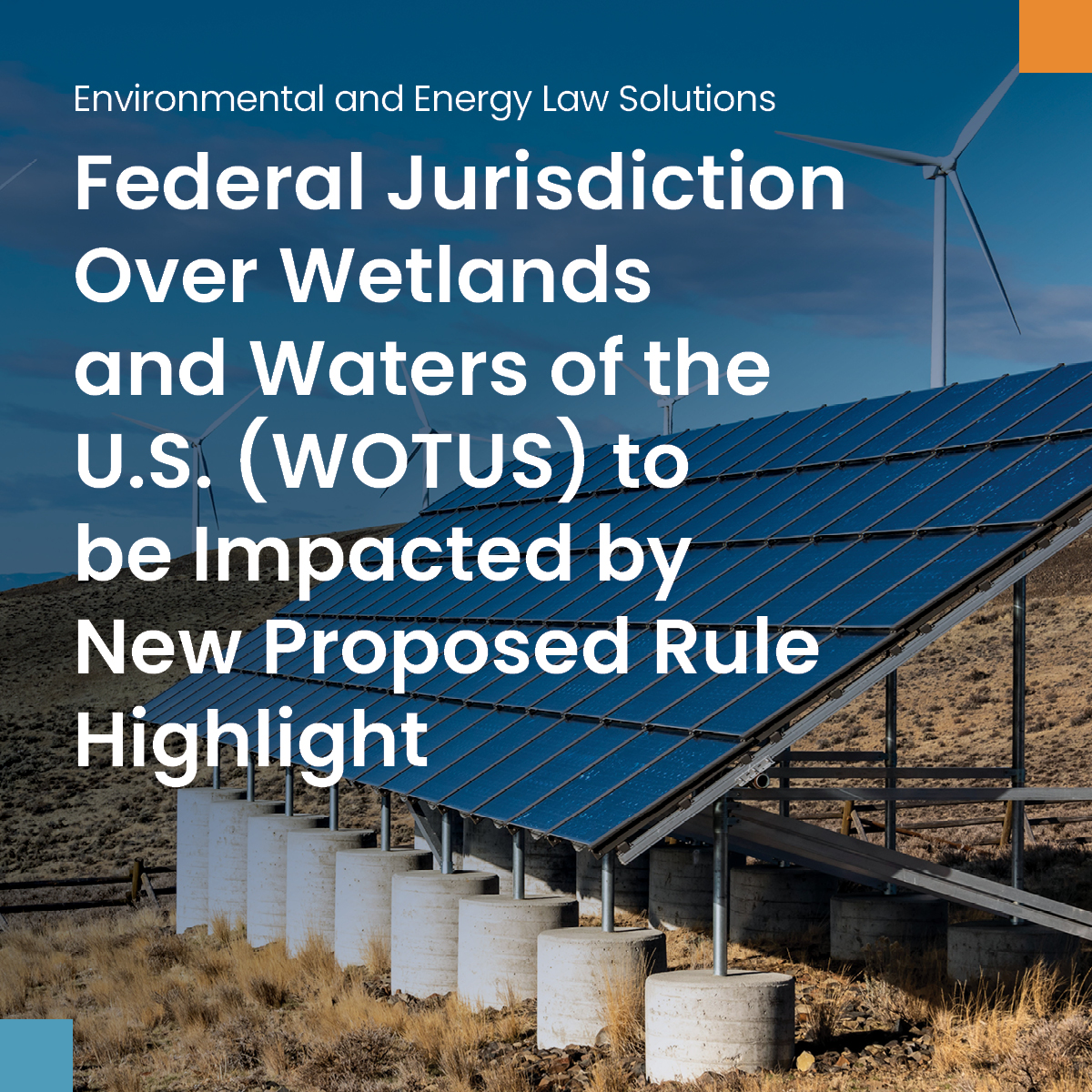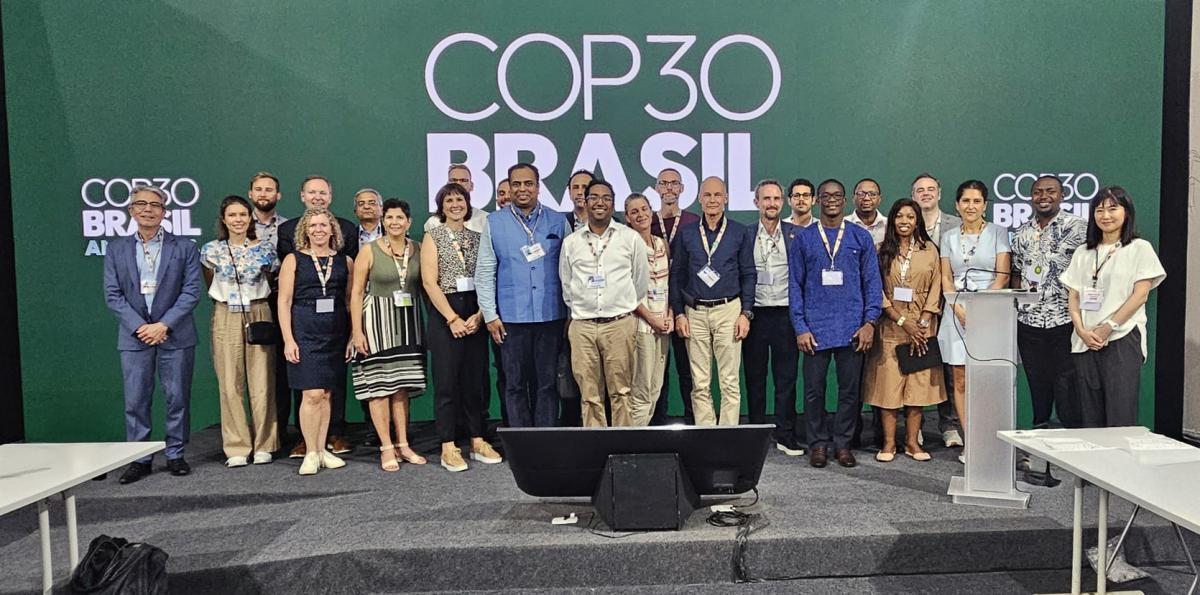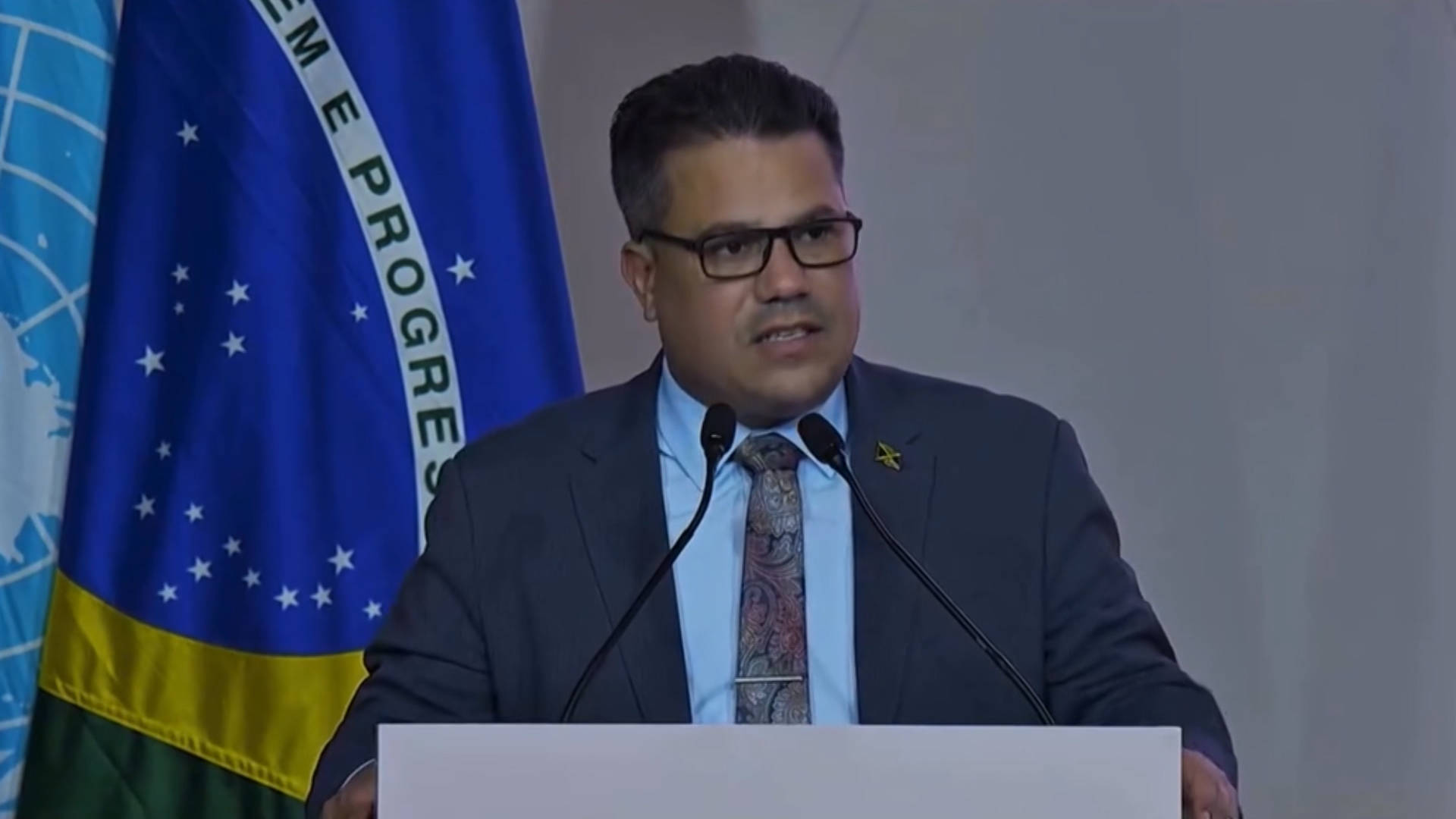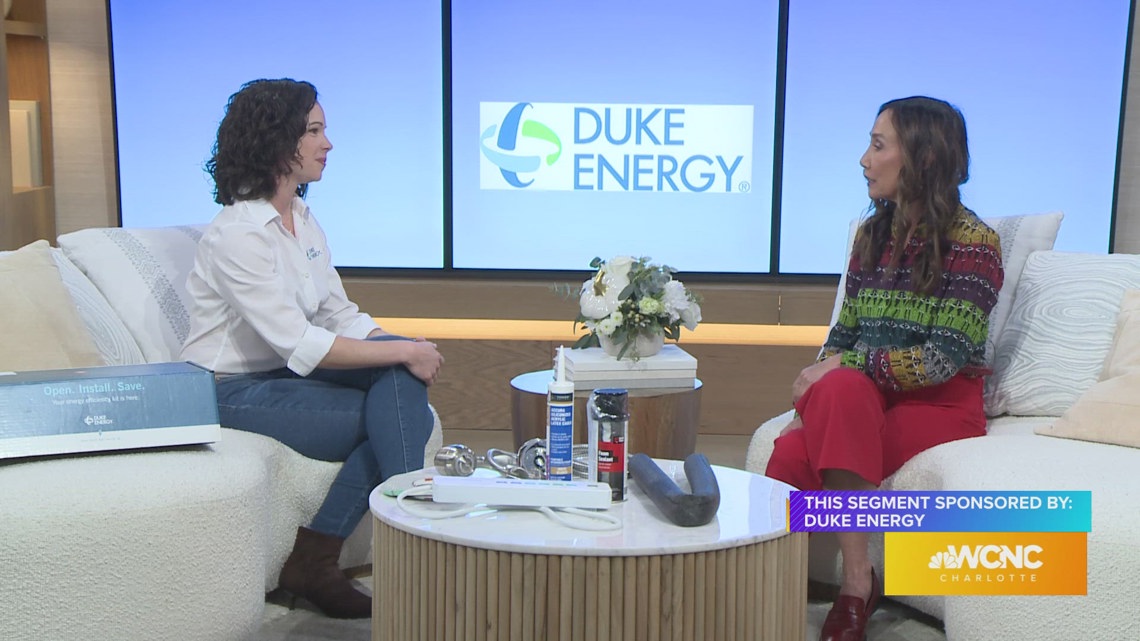Trump’s Environmental Policy Is Determined to “Make America Poisoned Again” – Truthout

Report on the Environmental Policies of the Second Trump Administration and Their Impact on Sustainable Development Goals
Executive Summary
This report analyzes the environmental and climate policies enacted during the second term of the Trump administration, as detailed by economist James K. Boyce. The policies demonstrate a significant regression from established environmental safeguards and international climate commitments. This analysis frames these actions within the context of the United Nations Sustainable Development Goals (SDGs), highlighting direct contradictions to key global targets for climate action, clean energy, public health, and inequality reduction.
Policy Analysis and SDG Impact
Undermining SDG 13 (Climate Action) and SDG 7 (Affordable and Clean Energy)
The administration’s policies represent a direct assault on the principles of SDG 13 (Climate Action) and SDG 7 (Affordable and Clean Energy). Actions taken include the systematic weakening of environmental regulations and a renewed commitment to fossil fuels, undermining the global transition to sustainable energy systems.
- Fossil Fuel Subsidies: The administration has provided $18 billion in new subsidies to the fossil fuel industry, in addition to pre-existing financial support. This directly contravenes the objectives of SDG 13 to combat climate change and its impacts.
- Rejection of Renewables: The administration has actively worked to delay the clean energy transition by canceling funds for clean energy projects and publicly discrediting wind and solar power. This hinders progress toward SDG 7, which aims to ensure access to affordable, reliable, and sustainable energy for all.
- Suppression of Climate Science: Support has been withdrawn for research that mentions “climate,” and hundreds of climate specialists have been dismissed, impeding the science-based policymaking essential for achieving SDG 13.
Erosion of Protections for Public Health and Ecosystems (SDG 3, SDG 6, SDG 12)
A broad-based antipathy toward regulation has led to the rollback of critical environmental protections, threatening public health and sustainable consumption patterns.
- Chemical Deregulation: The administration has rolled back limits on PFAS “forever chemicals” in drinking water, which are linked to severe health issues. This action directly threatens SDG 6 (Clean Water and Sanitation) and SDG 3 (Good Health and Well-being).
- Discouraging Sustainable Innovation: By weakening regulations under the Toxics Substances Control Act, the administration discourages innovation in safer, less toxic alternatives. This policy is misaligned with SDG 12 (Responsible Consumption and Production), which calls for the environmentally sound management of chemicals and wastes.
Exacerbating Inequalities (SDG 10)
The negative consequences of these environmental policies are not distributed equally, deepening existing social and economic divides and directly challenging SDG 10 (Reduced Inequalities).
- Environmental Injustice: The costs of hazardous emissions and pollution are disproportionately inflicted upon minority and low-income communities. This policy approach intensifies environmental injustice, as communities with less political influence bear the greatest health and environmental burdens.
- “Mean State” Agenda: The ideological framework behind these policies prioritizes corporate interests and targets marginalized groups, fusing the downsizing of protective state functions with the aggrandizement of power in other domains. This approach undermines the goal of creating inclusive and equitable societies.
Geopolitical Context and Global Cooperation
Implications for SDG 16 (Peace, Justice and Strong Institutions) and SDG 17 (Partnerships for the Goals)
The administration’s domestic policies have profound implications for global stability and the international cooperation required to address shared challenges like climate change. The current trajectory risks fueling global conflict over diminishing resources, undermining SDG 16 (Peace, Justice and Strong Institutions).
The choice facing the global community is between two scenarios:
- A Politics of Belonging: A cooperative approach where nations work together to address climate change, reflecting the spirit of SDG 17 (Partnerships for the Goals).
- A Politics of Cruelty: A scenario of conflict and division, where nations fight over resources on a damaged planet, leading to the breakdown of international institutions and peace.
Despite the administration’s actions, the global energy transition continues, driven by the falling costs of renewables. However, delays in U.S. participation increase the cumulative damage from carbon emissions, making future mitigation and adaptation efforts more urgent and costly. The achievement of the Sustainable Development Goals ultimately depends on collective action to foster a more just, equitable, and sustainable global order.
Analysis of Sustainable Development Goals in the Article
1. Which SDGs are addressed or connected to the issues highlighted in the article?
-
SDG 13: Climate Action
- The article’s central theme is the administration’s “catastrophic policies on climate and the environment.” It discusses the pursuit of environmental policies that threaten “organized life on earth,” the firing of “hundreds of climate specialists,” and the withdrawal of support for research mentioning “climate.” This directly relates to the goal of taking urgent action to combat climate change and its impacts.
-
SDG 7: Affordable and Clean Energy
- The article contrasts the administration’s support for fossil fuels with the global energy transition. It mentions “$18 billion in new subsidies to the fossil fuel industry,” canceling funds for “clean energy projects” like offshore wind, and calling wind and solar the “scam of the century.” This directly addresses the goal of ensuring access to affordable, reliable, sustainable, and modern energy, highlighting policies that hinder this transition.
-
SDG 6: Clean Water and Sanitation
- The article explicitly mentions the “rollback of rules on PFAS ‘forever chemicals’ in drinking water.” This action directly undermines the goal of ensuring the availability and sustainable management of water and sanitation for all, specifically by compromising water safety.
-
SDG 3: Good Health and Well-being
- The discussion on PFAS chemicals notes they are “linked to cancer and immune dysfunction.” The broader policy is described as “Making America Poisoned Again,” which directly impacts public health. This connects the environmental rollbacks to the goal of ensuring healthy lives and promoting well-being.
-
SDG 10: Reduced Inequalities
- The article states that “The costs of hazardous emissions are inflicted disproportionately on minority and low-income communities.” It also points to a “great economic divide” where “the rich get richer… while working families struggle to make ends meet.” This highlights how environmental and economic policies can exacerbate inequalities, connecting to the goal of reducing inequality within and among countries.
-
SDG 16: Peace, Justice and Strong Institutions
- The article describes the “decimation of government services and many agency budgets” and the firing of specialists, which weakens key institutions responsible for environmental protection. It also touches on geopolitical conflicts hindering climate action and a domestic “politics of cruelty,” which relates to the goal of promoting peaceful, just, and inclusive societies with effective institutions.
-
SDG 9: Industry, Innovation and Infrastructure
- The article discusses the U.S. “lagging behind Europe… in terms of chemicals innovation” due to a regulatory environment that discourages the development of safer alternatives. It also contrasts the administration’s focus on fossil fuels with the fact that clean energy accounts for “one-quarter of China’s economic growth,” linking industrial policy to innovation and sustainable development.
2. What specific targets under those SDGs can be identified based on the article’s content?
-
Under SDG 13 (Climate Action):
- Target 13.2: Integrate climate change measures into national policies, strategies and planning. The article describes the opposite, detailing an administration actively pursuing policies that ignore climate warnings, weaken environmental safeguards, and promote fossil fuels, thereby dismantling climate considerations from national policy.
-
Under SDG 7 (Affordable and Clean Energy):
- Target 7.2: By 2030, increase substantially the share of renewable energy in the global energy mix. The article highlights actions that directly counter this target, such as canceling funds for clean energy projects and creating policies that “delay the advance of renewables.”
- Target 7.a: By 2030, enhance international cooperation to facilitate access to clean energy research and technology. The administration’s withdrawal of “support for research that mentions ‘climate'” is a direct contradiction of this target.
-
Under SDG 6 (Clean Water and Sanitation):
- Target 6.3: By 2030, improve water quality by reducing pollution, eliminating dumping and minimizing release of hazardous chemicals and materials. The “rollback of rules on PFAS ‘forever chemicals’ in drinking water” is a policy action that directly undermines efforts to reduce pollution from hazardous chemicals.
-
Under SDG 3 (Good Health and Well-being):
- Target 3.9: By 2030, substantially reduce the number of deaths and illnesses from hazardous chemicals and air, water and soil pollution and contamination. The article’s reference to PFAS chemicals being “linked to cancer and immune dysfunction” and the administration’s general “assault on chemical regulations” directly relate to threats that this target aims to mitigate.
-
Under SDG 10 (Reduced Inequalities):
- Target 10.3: Ensure equal opportunity and reduce inequalities of outcome, including by eliminating discriminatory policies and practices. The article implies that gutting environmental protection is made easier because the costs are borne “disproportionately on minority and low-income communities,” which points to a policy with a discriminatory outcome, contrary to this target.
-
Under SDG 16 (Peace, Justice and Strong Institutions):
- Target 16.6: Develop effective, accountable and transparent institutions at all levels. The article’s mention of the “decimation of government services and many agency budgets” and the “firing hundreds of climate specialists” describes the weakening of institutional capacity and effectiveness.
3. Are there any indicators mentioned or implied in the article that can be used to measure progress towards the identified targets?
-
Financial Flows to Fossil Fuels:
- The article provides specific figures that can be used as indicators of financial support for fossil fuels, which runs counter to climate and clean energy goals. These include:
- “$18 billion in new subsidies to the fossil fuel industry.”
- “$6 billion cut from royalties that companies pay for oil and gas extraction on public lands.”
- The article provides specific figures that can be used as indicators of financial support for fossil fuels, which runs counter to climate and clean energy goals. These include:
-
Share of Renewable Energy in New Capacity:
- The article states that “Solar, wind, and battery storage together will account for 93 percent of new electricity generation capacity added in the U.S. this year.” This percentage is a direct indicator of the progress of the energy transition, relevant to SDG Target 7.2.
-
Regulatory Standards for Pollutants:
- The “rollback of limits on PFAS chemicals” is a qualitative indicator of weakening environmental protection. A quantitative indicator, implied by this statement, would be the specific legal limits for these chemicals in drinking water (e.g., measured in parts per trillion), and how they have changed.
-
Institutional Capacity:
- The mention of “firing hundreds of climate specialists” implies a measurable indicator: the number of scientific and technical staff employed in government environmental agencies. A reduction in this number indicates a decline in institutional capacity to address climate change.
4. Summary Table of SDGs, Targets, and Indicators
| SDGs | Targets | Indicators |
|---|---|---|
| SDG 13: Climate Action | 13.2: Integrate climate change measures into national policies, strategies and planning. | The firing of “hundreds of climate specialists” and the pursuit of policies that weaken environmental safeguards. |
| SDG 7: Affordable and Clean Energy | 7.2: Increase substantially the share of renewable energy in the global energy mix. | “Solar, wind, and battery storage together will account for 93 percent of new electricity generation capacity added in the U.S. this year.” (as a measure of transition progress). |
| SDG 7: Affordable and Clean Energy | 7.a: Facilitate access to clean energy research and technology. | “$18 billion in new subsidies to the fossil fuel industry” and “$6 billion cut from royalties” for oil and gas extraction (as counter-indicators showing support for non-clean energy). |
| SDG 6: Clean Water and Sanitation | 6.3: Improve water quality by reducing pollution and minimizing release of hazardous chemicals. | The “rollback of rules on PFAS ‘forever chemicals’ in drinking water” (a policy-based indicator). |
| SDG 3: Good Health and Well-being | 3.9: Substantially reduce deaths and illnesses from hazardous chemicals and pollution. | The presence or absence of regulations on chemicals “linked to cancer and immune dysfunction” like PFAS. |
| SDG 10: Reduced Inequalities | 10.3: Ensure equal opportunity and reduce inequalities of outcome. | The implied disproportionate impact of hazardous emissions on minority and low-income communities. |
| SDG 16: Peace, Justice and Strong Institutions | 16.6: Develop effective, accountable and transparent institutions at all levels. | The “decimation of government services and many agency budgets” and the number of climate specialists fired from their positions. |
Source: truthout.org
What is Your Reaction?
 Like
0
Like
0
 Dislike
0
Dislike
0
 Love
0
Love
0
 Funny
0
Funny
0
 Angry
0
Angry
0
 Sad
0
Sad
0
 Wow
0
Wow
0














































































